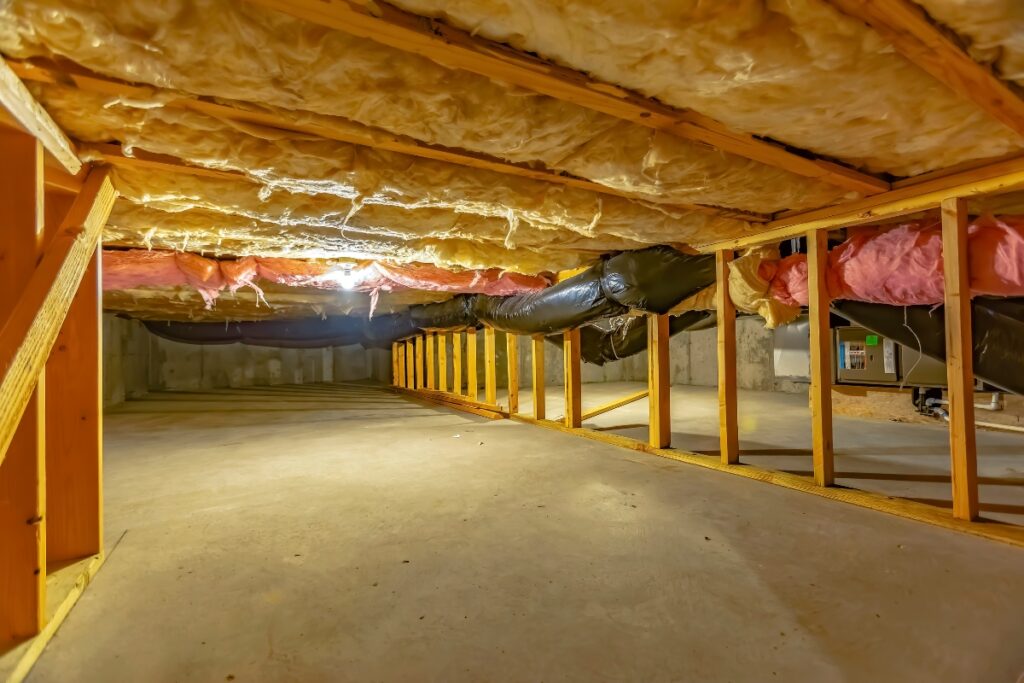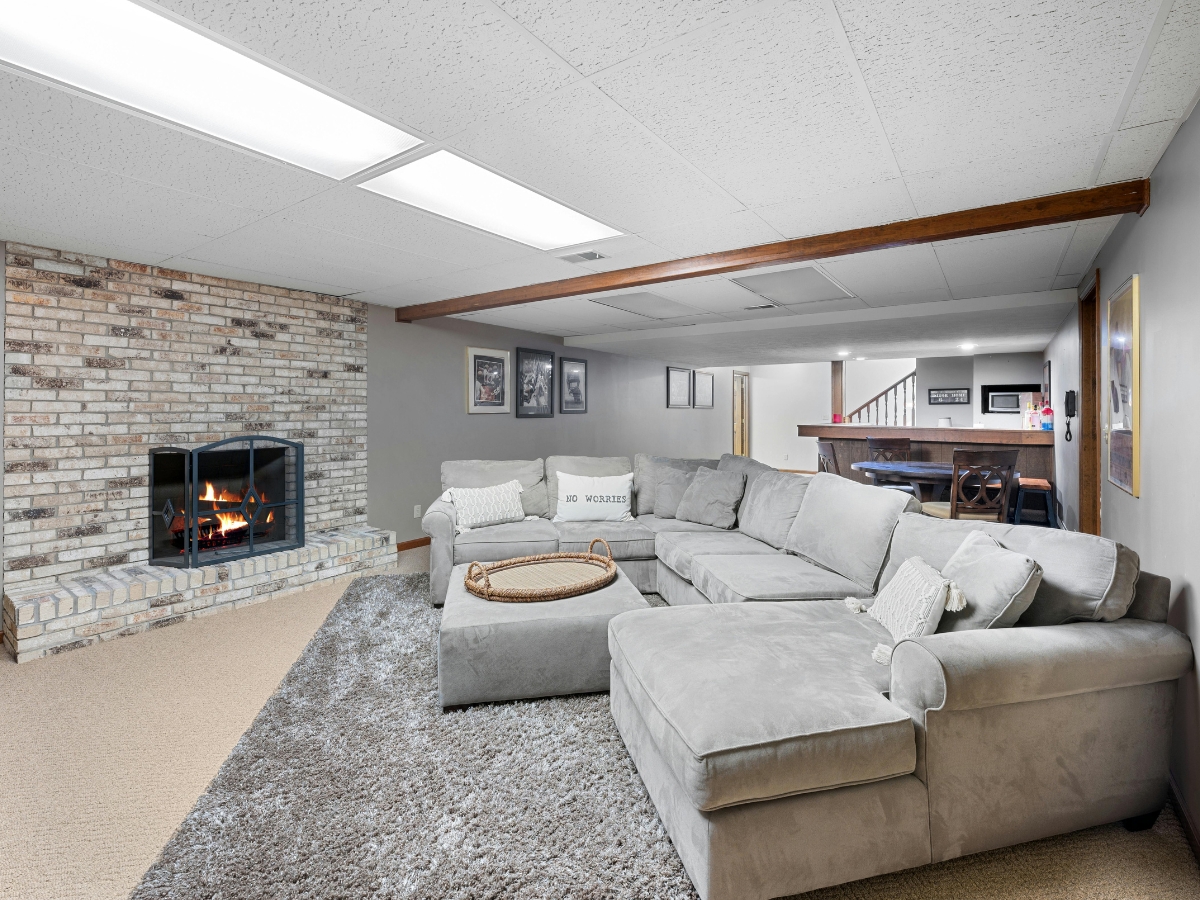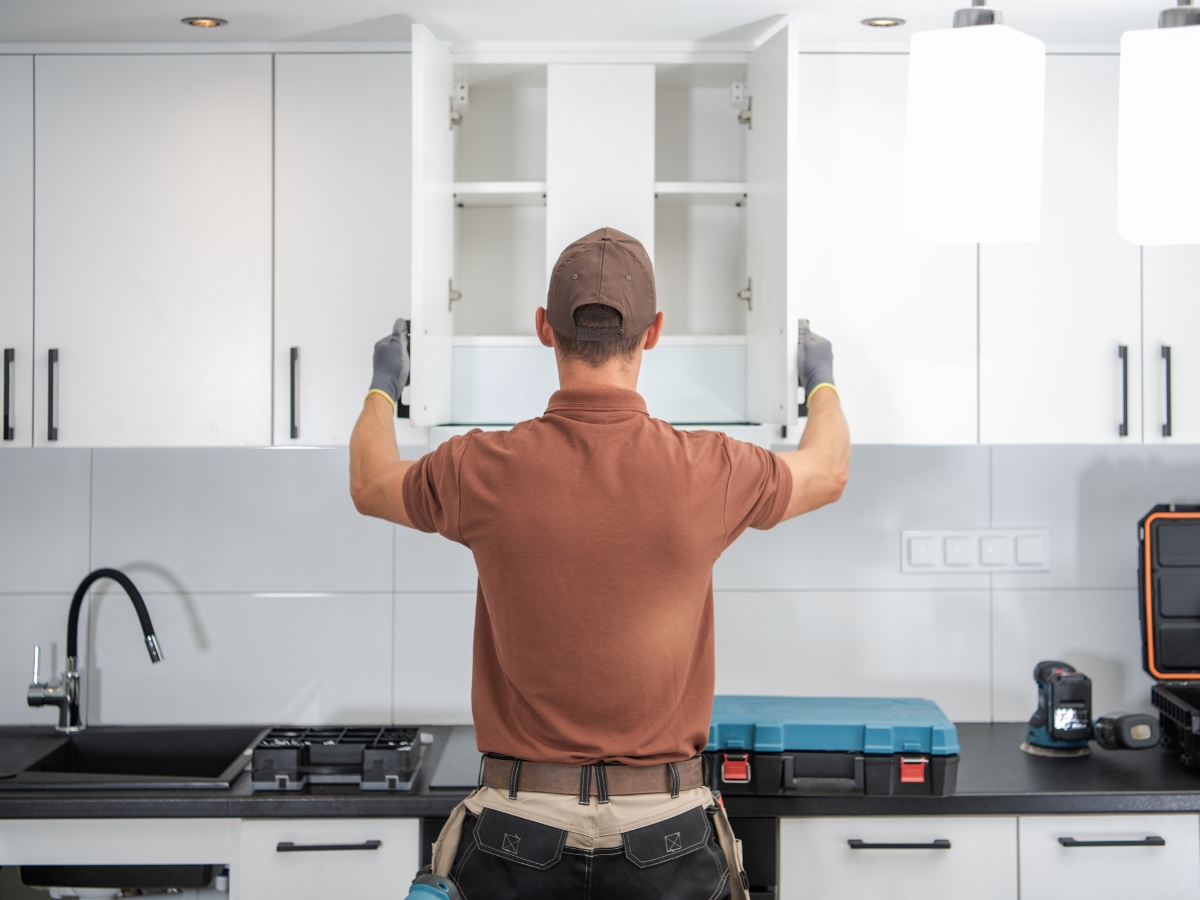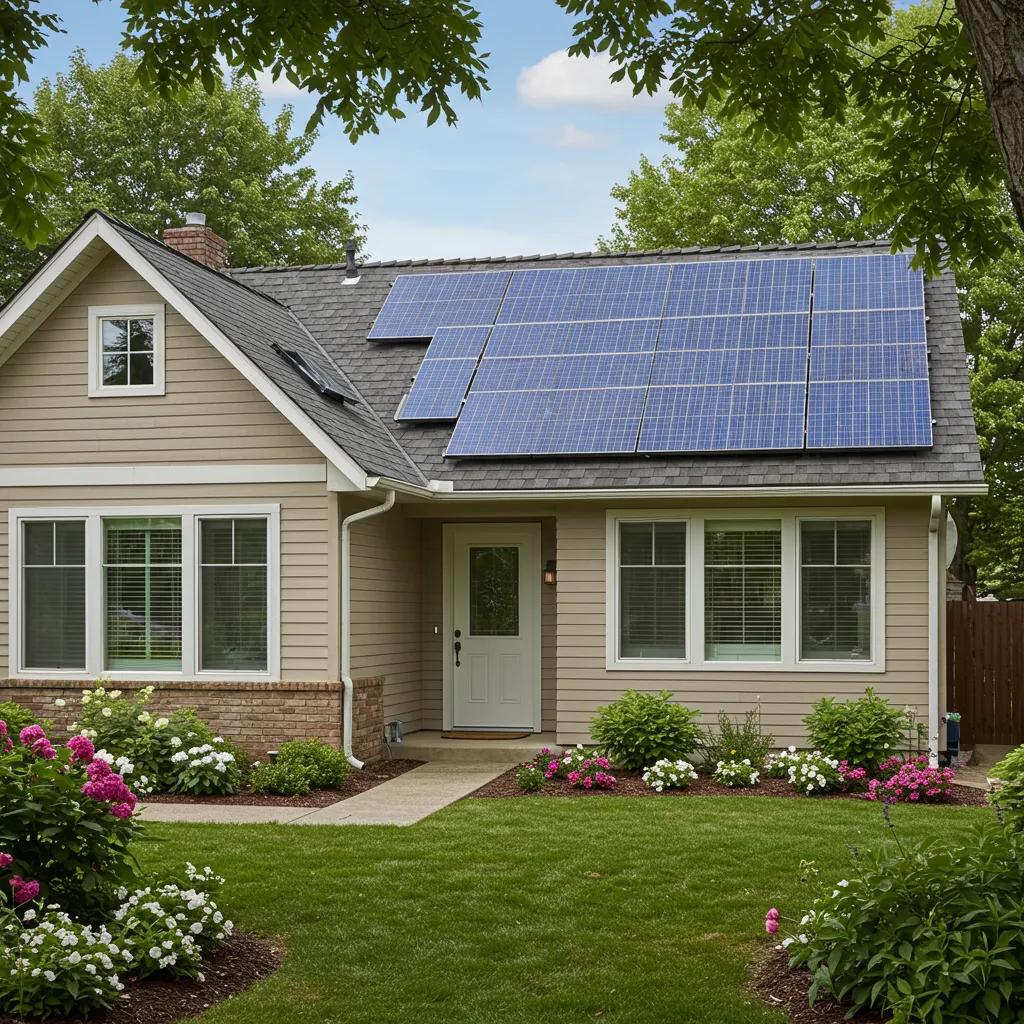Are you tired of paying exorbitant energy bills every month? Do you find yourself constantly adjusting your thermostat in a futile attempt to keep your home at a comfortable temperature? If so, you’re not alone. Many homeowners struggle with energy efficiency, and one often overlooked culprit is the crawl space.
Yes, that dark and forgotten area beneath your house could be costing you hundreds, if not thousands, of dollars in wasted energy. But fear not, because in this ultimate guide, we’re going to show you how to insulate a crawl space and take control of your energy efficiency.
So, if you’re ready to slash your energy bills, increase your home’s comfort, and gain control over your energy efficiency, then keep reading. In this comprehensive guide, we’ll walk you through the process of insulating a crawl space, step by step, so you can enjoy a more energy-efficient home and put those savings back where they belong – in your pocket.
Wasting Energy? Find Out How to Properly Insulate a Crawl Space!
Why Insulating Your Crawl Space is Important for Energy Efficiency
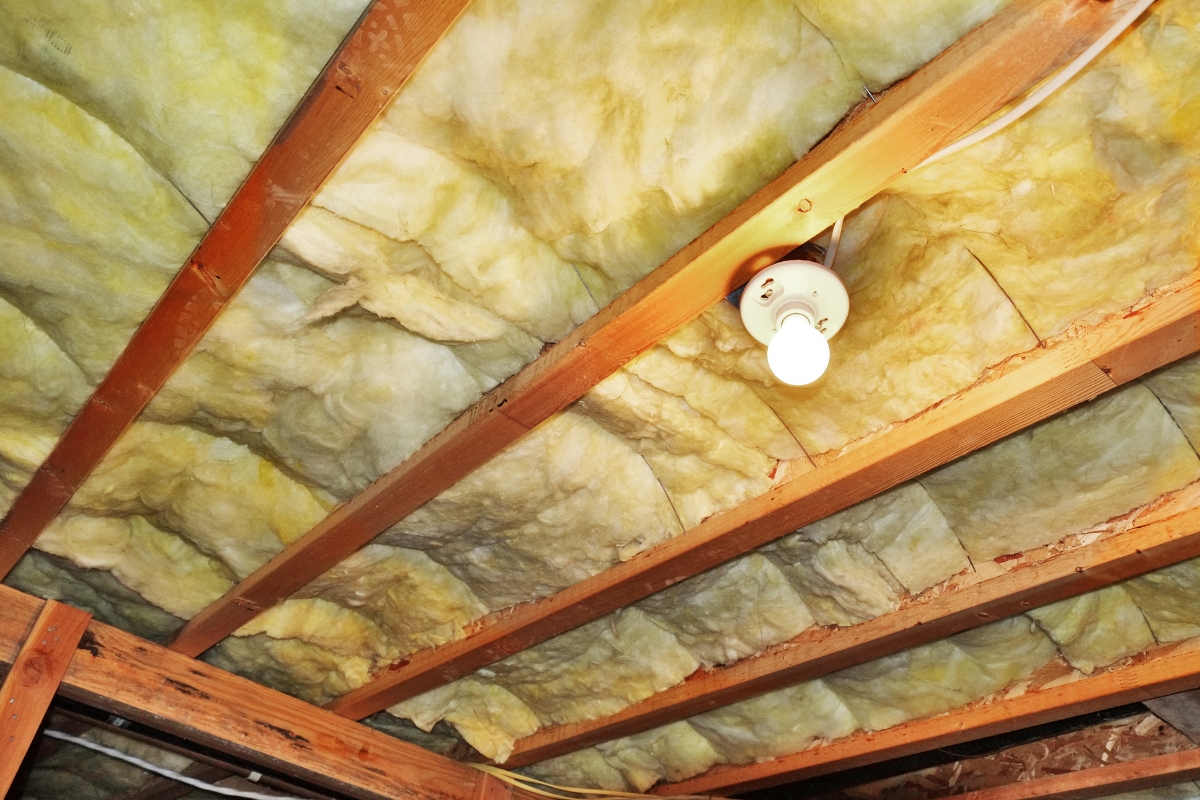
Insulating your crawl space is crucial for achieving optimal energy efficiency in your home. By properly insulating this often overlooked area, you can significantly reduce energy loss and save money on your utility bills. In this ultimate guide, we will walk you through the importance of insulating your crawl space and provide you with essential tips on how to do it effectively.
When it comes to energy efficiency, every little detail matters. Many homeowners tend to neglect their crawl spaces, assuming that they have minimal impact on their energy consumption. However, an uninsulated crawl space can actually contribute to significant heat loss or gain, depending on the season.
During the colder months, an exposed crawl space can allow cold air to seep into your home, making it harder for your heating system to maintain a comfortable temperature. This can lead to higher energy usage as your heating system works harder to compensate for the heat loss.
On the other hand, during the hotter months, an uninsulated crawl space can absorb heat from the surrounding environment, making your home feel warmer and causing your air conditioning system to work overtime. This can result in increased energy consumption and higher cooling costs.
By insulating your crawl space, you create a barrier that helps regulate the temperature and prevent air leakage. This means that during the winter, the insulation will keep the cold air out and the warm air in, resulting in improved heating efficiency. Similarly, during the summer, the insulation will prevent heat from entering your home, allowing your cooling system to operate more efficiently.
Not only does insulating your crawl space help with energy efficiency, but it also provides other benefits. It can help reduce moisture and humidity levels, preventing mold and mildew growth. It can also improve indoor air quality by minimizing the infiltration of outdoor pollutants.
Assessing Your Crawl Space: Where to Start
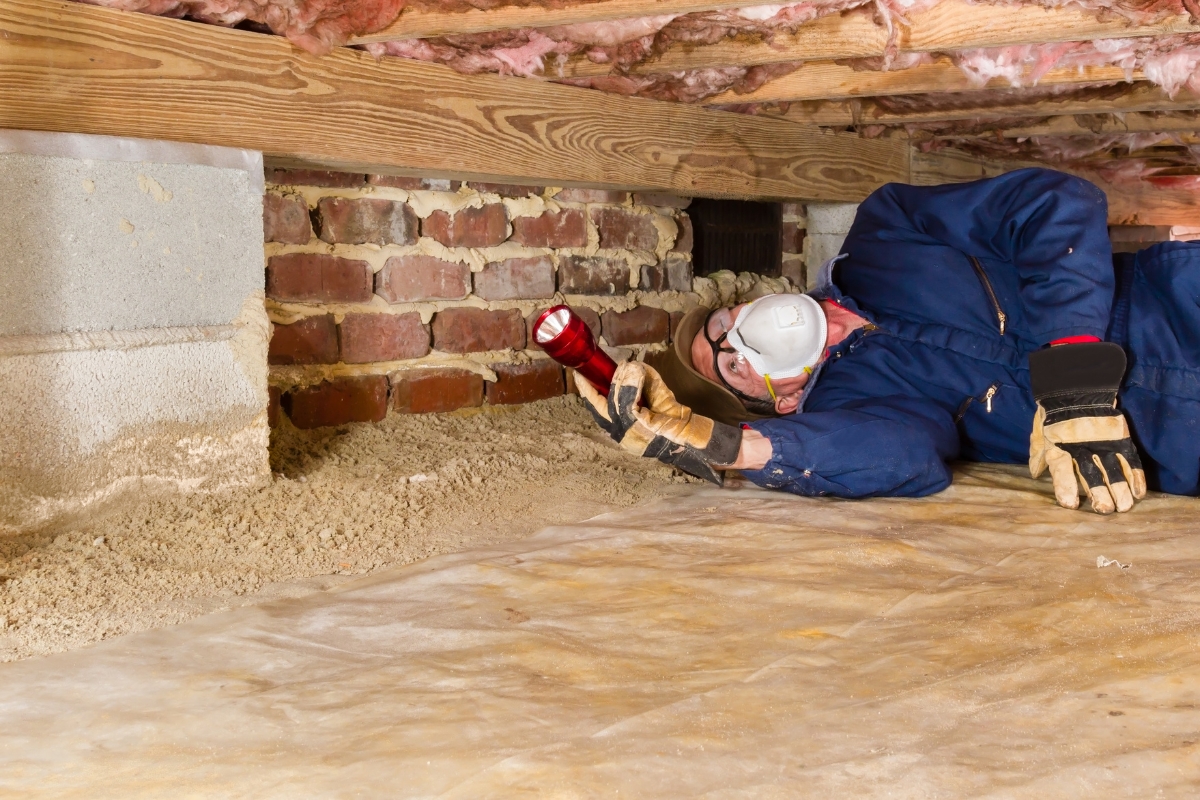
When it comes to assessing your crawl space, knowing where to start is crucial. Whether you are looking to insulate your crawl space for energy efficiency or simply evaluate its condition, a systematic approach is key. By following the right steps and considering important factors, you can ensure that your crawl space is in good shape. Let’s dive into the essential aspects to consider when assessing your crawl space.
First and foremost, it’s important to determine the purpose of your assessment. Are you looking to identify potential issues or evaluate the suitability of your crawl space for insulation? Having a clear goal in mind will help you prioritize your efforts and focus on the areas that need attention.
Next, start by examining the overall condition of your crawl space. Look for signs of moisture, such as water stains, mold growth, or a musty smell. These could indicate a moisture problem that needs to be addressed before proceeding with insulation. Moisture can lead to various issues, including rot, pest infestations, and poor air quality, so it’s crucial to tackle this problem first.
Once you’ve addressed any moisture issues, it’s time to evaluate the insulation needs of your crawl space. Insulating your crawl space can improve energy efficiency, reduce heating and cooling costs, and create a more comfortable living environment. Consider factors such as the climate in your region, the age of your home, and your desired energy savings when determining the type and amount of insulation required.
When assessing your crawl space, pay close attention to the foundation walls and floor. Check for any cracks, gaps, or damage that may allow pests or moisture to enter. These should be repaired or sealed to ensure a properly sealed crawl space.
Additionally, inspect the ventilation in your crawl space. Proper ventilation is essential to prevent moisture buildup and maintain good air quality. Ensure that the vents are clear of debris and functioning effectively. If necessary, consider installing additional vents or a mechanical ventilation system to improve airflow.
Lastly, don’t forget about the accessibility and safety of your crawl space. Ensure that there is sufficient lighting and that the area is free from obstacles. Consider installing a vapor barrier on the crawl space floor to further protect against moisture.
Choosing the Right Insulation Material for Your Crawl Space

When it comes to insulating your crawl space, choosing the right insulation material is crucial for ensuring energy efficiency and maintaining the overall comfort of your home. With so many options available, it can be overwhelming to decide which insulation material is best suited for your crawl space. In this article, we will explore some of the most common insulation materials and their benefits to help you make an informed decision.
Fiberglass insulation is a popular choice for crawl spaces due to its affordability and effectiveness. It is made of tiny glass fibers that trap air. This helps with thermal insulation. Fiberglass insulation can be obtained in rolls or batts, making it easy to install between the floor joists and wall cavities of your crawl space. Additionally, fiberglass insulation is resistant to moisture and mold growth, making it ideal for damp crawl spaces.
Another insulation material to consider is spray foam insulation. This type of insulation is applied as a liquid. Over time, it expands and hardens into a solid foam. This type of insulation creates an air-tight seal, preventing air leakage and reducing energy loss. It also has excellent moisture resistance properties, making it a suitable choice for crawl spaces prone to dampness. However, it is important to note that professional installation may be required for spray foam insulation.
If you are looking for eco-friendly insulation options, consider cellulose insulation. This insulation material is made from recycled paper and treated with fire-retardant chemicals. Cellulose insulation is effective in reducing heat transfer and has good moisture resistance. It can be blown in or installed as batts, providing flexibility in application. However, it is important to ensure proper ventilation in your crawl space when using cellulose insulation to prevent moisture buildup.
For crawl spaces with limited headroom, rigid foam insulation is an ideal choice. This foam board insulation is lightweight and can be easily cut to fit in tight spaces. Rigid foam insulation has a high R-value, meaning it provides excellent thermal resistance. It is also resistant to moisture and mold growth, making it a durable option for crawl spaces.
When selecting the right insulation material for your crawl space, consider factors such as your budget, the climate in your area, and any specific concerns like moisture or limited space. It is also advisable to consult with a professional insulation contractor who can assess your crawl space and recommend the best insulation solution based on your specific needs.
Step-by-Step Guide to Insulating a Crawl Space

Insulating a crawl space is an important step in maintaining energy efficiency in your home. By properly insulating this often overlooked area, you can prevent heat loss, increase energy savings, and improve the overall comfort of your living space. In this step-by-step guide, we will walk you through the process of insulating a crawl space, ensuring that you have all the necessary information to tackle this project with confidence.
Step 1: Assess the crawl space
Before diving into the insulation process, it’s crucial to assess the condition of your crawl space. Inspect for any signs of moisture or water damage, as these issues should be addressed before proceeding with insulation. Ensure that the area is clean, dry, and free from any debris or pests.
Step 2: Seal air leaks
Air leaks can significantly impact the effectiveness of your crawl space insulation. Inspect the perimeter of the crawl space and seal any gaps, cracks, or holes using caulk or foam insulation. This step will help to prevent drafts and keep the space properly insulated.
Step 3: Install a vapor barrier
A vapor barrier is essential for preventing moisture from entering your crawl space. Roll out a thick plastic sheet across the entire floor area, extending it several inches up the walls. Secure the barrier in place with adhesive or tape, making sure to overlap the seams for maximum protection against moisture.
Step 4: Insulate the walls
To insulate the crawl space walls, you have several options. One popular choice is to use rigid foam insulation panels. Cut the panels to fit the height and width of the walls, and secure them using adhesive or mechanical fasteners. Another option is to use spray foam insulation, which can be applied directly to the walls for a seamless and effective seal.
Step 5: Insulate the floor
Insulating the crawl space floor will further enhance energy efficiency. Consider using fiberglass batt insulation or spray foam insulation between the floor joists. Ensure that the insulation is snugly fitted and covers the entire floor area. This will help to prevent heat loss and improve the overall thermal performance of your crawl space.
Step 6: Check for proper ventilation
Proper ventilation is crucial in a crawl space to prevent moisture buildup and mold growth. Ensure that your crawl space has adequate vents that allow for the circulation of fresh air. Consider installing vent fans if necessary to improve air circulation.
Step 7: Regular maintenance
Once the insulation is in place, it’s important to regularly inspect and maintain your crawl space. Check for any signs of moisture, damage, or pest infestation. Keep the area clean and free from debris to ensure optimal insulation performance.
By following this step-by-step guide, you can effectively insulate your crawl space and enjoy the benefits of improved energy efficiency in your home. Remember to choose the right materials and techniques for your specific crawl space, and don’t hesitate to seek professional help if needed. Insulating a crawl space may require some time and effort, but the long-term savings and comfort it provides make it well worth the investment.
Maintaining and Monitoring Your Insulated Crawl Space
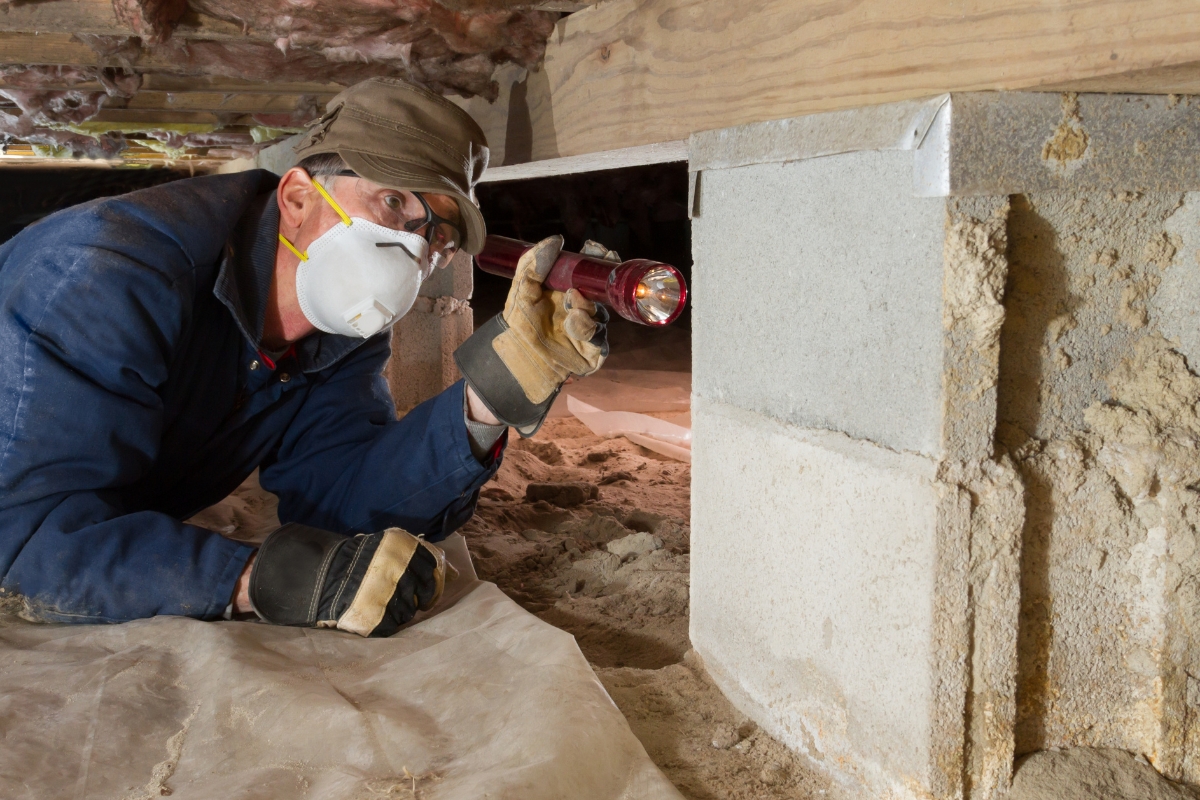
When it comes to insulating a crawl space for optimum energy efficiency, the work doesn’t stop once the insulation is installed. To ensure that your crawl space remains in top condition and continues to provide the desired benefits, it is crucial to implement proper maintenance and monitoring practices. These practices will not only help you identify and address any issues promptly but also extend the lifespan of your insulation. In this section, we will discuss the key steps involved in maintaining and monitoring your insulated crawl space.
Regular Inspection
Regular inspections are essential to catch any signs of damage or deterioration early on. Schedule routine inspections at least twice a year, ideally in the spring and fall, to check the overall condition of the insulation, as well as the crawl space itself. Look for signs of moisture, mold, pest infestations, or any physical damage to the insulation. If you notice any issues, take immediate action to rectify them.
Moisture Control
Moisture control is crucial in maintaining an insulated crawl space. Excess moisture can lead to mold growth, wood rot, and compromise the effectiveness of your insulation. Ensure that your crawl space has proper ventilation and install a moisture barrier or vapor barrier to prevent moisture from entering. Consider using a dehumidifier to maintain optimal humidity levels, especially in humid climates.
Pest Management
Pests can cause significant damage to your crawl space insulation and compromise its energy efficiency. Regularly inspect the crawl space for signs of pests such as rodents or insects. Seal any openings or cracks that may serve as entry points for pests. Consider using pest control measures such as traps or baits if necessary.
Insulation Repair
Over time, insulation may become damaged due to various factors such as moisture, pests, or physical wear and tear. It is essential to address any insulation issues promptly to maintain its effectiveness. If you notice damaged or compressed insulation, replace or repair it as needed. Properly sealing any gaps or openings in the insulation will help maintain its integrity and prevent air leaks.
Temperature Monitoring
Monitoring the temperature inside your crawl space is another important aspect of maintaining your insulated crawl space. Fluctuations in temperature can indicate issues with insulation or ventilation. Install a temperature monitor or use a smart home system to keep track of the crawl space temperature regularly. Any significant deviations from the desired range should prompt further investigation.
Professional Maintenance
While regular DIY maintenance is crucial, it is also recommended to seek professional maintenance services for your insulated crawl space. Professional contractors can conduct more thorough inspections, identify subtle issues, and provide necessary repairs or improvements. Consider scheduling professional maintenance at least once a year to ensure the optimal performance of your crawl space insulation.
By following these maintenance and monitoring practices, you can ensure that your insulated crawl space continues to provide the energy efficiency benefits you desire.
Conclusion: Enjoy the Benefits of an Insulated Crawl Space
Insulating your crawl space can bring a host of benefits, allowing you to maximize energy efficiency and create a more comfortable living environment. By taking the time to properly insulate this often overlooked area of your home, you can enjoy numerous advantages that will enhance both your comfort and your wallet.
In conclusion, insulating your crawl space brings a range of benefits that go beyond energy efficiency. From enhanced comfort and moisture control to pest prevention and increased resale value, taking the time to properly insulate this often overlooked area of your home is well worth it. So, make the most of the advantages and enjoy a more comfortable and cost-effective living environment.
When it comes to crawl space insulation, it’s vital to enlist the expertise of professionals. FD Remodeling is your trusted partner for ensuring impeccable crawl space insulation, and we understand the crucial role it plays in maintaining a comfortable and energy-efficient home.
Avoid the pitfalls of attempting DIY solutions or relying on inexperienced contractors. Our team of experts and remodeling and restoration services help ensure that your crawl space is properly insulated. This not only enhances energy efficiency but also safeguards against moisture-related issues, preventing potential structural damage.
Invest in the long-term comfort and safety of your home by choosing FD Remodeling for your crawl space insulation needs. Start your project today by contacting us at 404-857-5582 for a free consultation, and let us handle any and all of your home renovation and restoration needs. ensuring the perfect home for you and your family.

